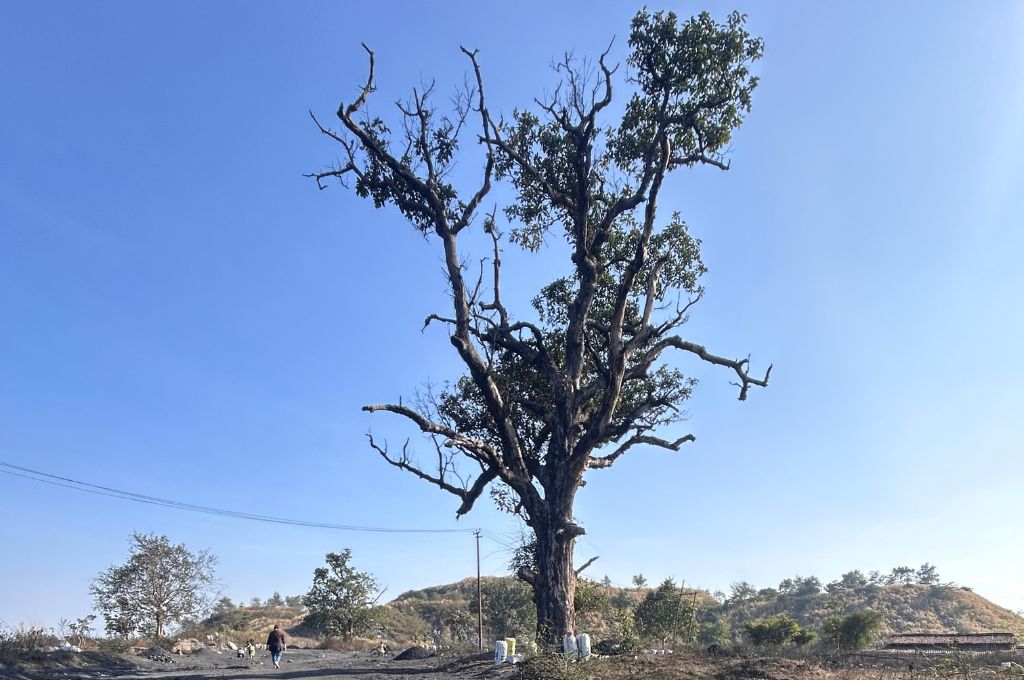READ THIS ARTICLE IN
How villages in Odisha came together to protect their forest
In the 1970s the Sulia forest in Nayagarh district, Odisha, covered 30 square kilometres. Thirty-six villages around the forest depended on it for their livelihoods and other daily requirements. However, by the early 1980s the unplanned use of these resources resulted in extensive degradation of the forest. Five small villages of the area—Raghunathpur, Kushapanderi, Barapalla, Pandusara, and Kalyanpur—made several attempts to revive it in the mid-1980s. This included thengapali, which loosely translates to ‘stick shift’ (thenga means stick and pali means shift). The practice involves villagers taking turns to guard the forest with sticks round the clock.
After a decade of hard work, the greenery returned. The forest slowly regenerated, wildlife returned, and streams started to flow again. But this was short-lived. The other 31 villages, without thinking about the forest’s protection, started exploiting it by extracting wood illegally and hunting the wild animals again. Due to their economic power and connections with upper-caste and upper-class people, these 31 villages had more power than the five small villages. And so, to make sure that the forests continue to be protected, the five villages reached out to the Brukshya O Jeevar Bandhu Parisad, Kesharpur, and the Jangala Surakhya Mahasangha, Nayagarh, for help. Both are community-based organisations that build awareness about the importance of protecting forests among people living nearby, thereby encouraging communities to take ownership of forest protection.
In 1995, the two organisations intervened and held several meetings with members of all 36 villages to resolve the issue. It was collectively decided that representatives from all the villages would work together to protect the forest. To bring about a sense of ownership the committee organised a gram sabha, where it was decided that all the villagers from the 36 villages would become stakeholders of the forest. Together, they set out some rules and regulations on how the forest resources were to be governed. For instance, no one was allowed to enter the forest without prior permission from the committee, all forest resources were to be shared equally among the villages, and any forest-related problems were to be solved by the committee.
When we talk about the protection of our common resources, it is impossible to do so without involving all the stakeholders in the process. More than two decades later, it is the understanding and mutual trust among the communities that helped Sulia forest rejuvenate. As one of the villagers from Kushapanderi says, “You cannot protect a forest by installing surveillance cameras. It will only be protected when eyes of all stakeholders are open.”
Nityananda Pradhan and Saswatik Tripathy work as district coordinators at the Foundation for Ecological Security.
—
Know more: Read this interview with Lalsu Nogoti to learn about Adivasi people’s struggle for forest rights.



